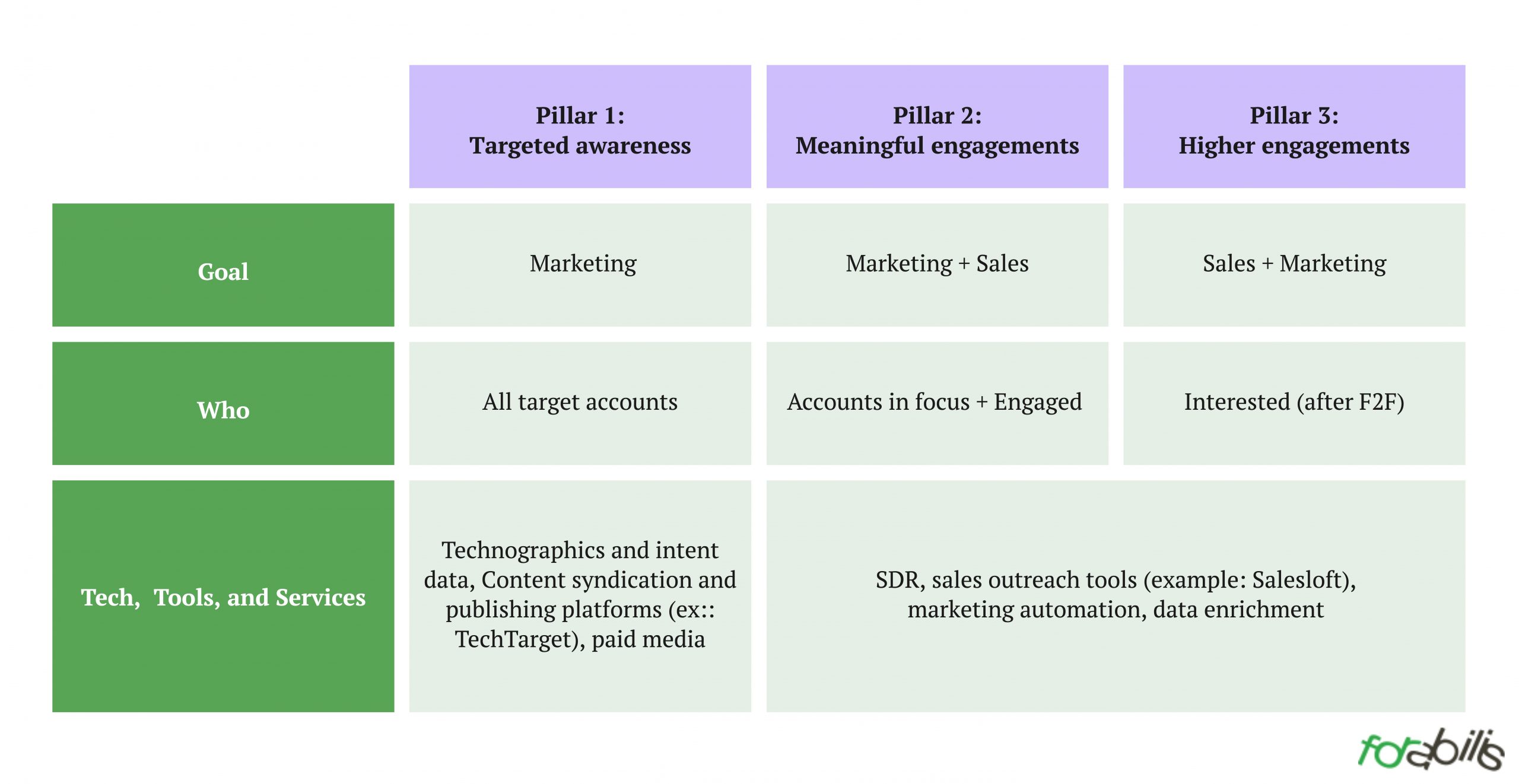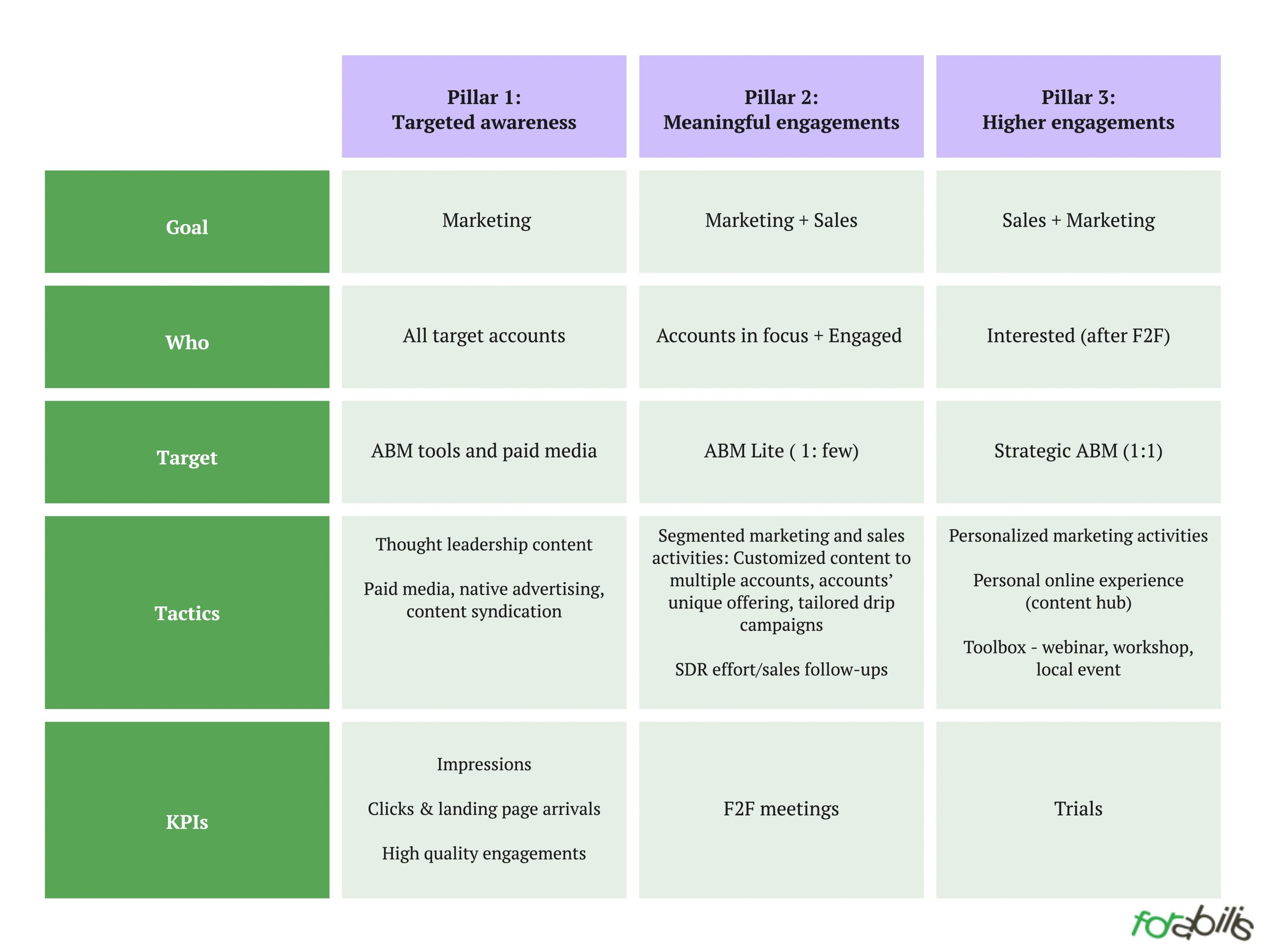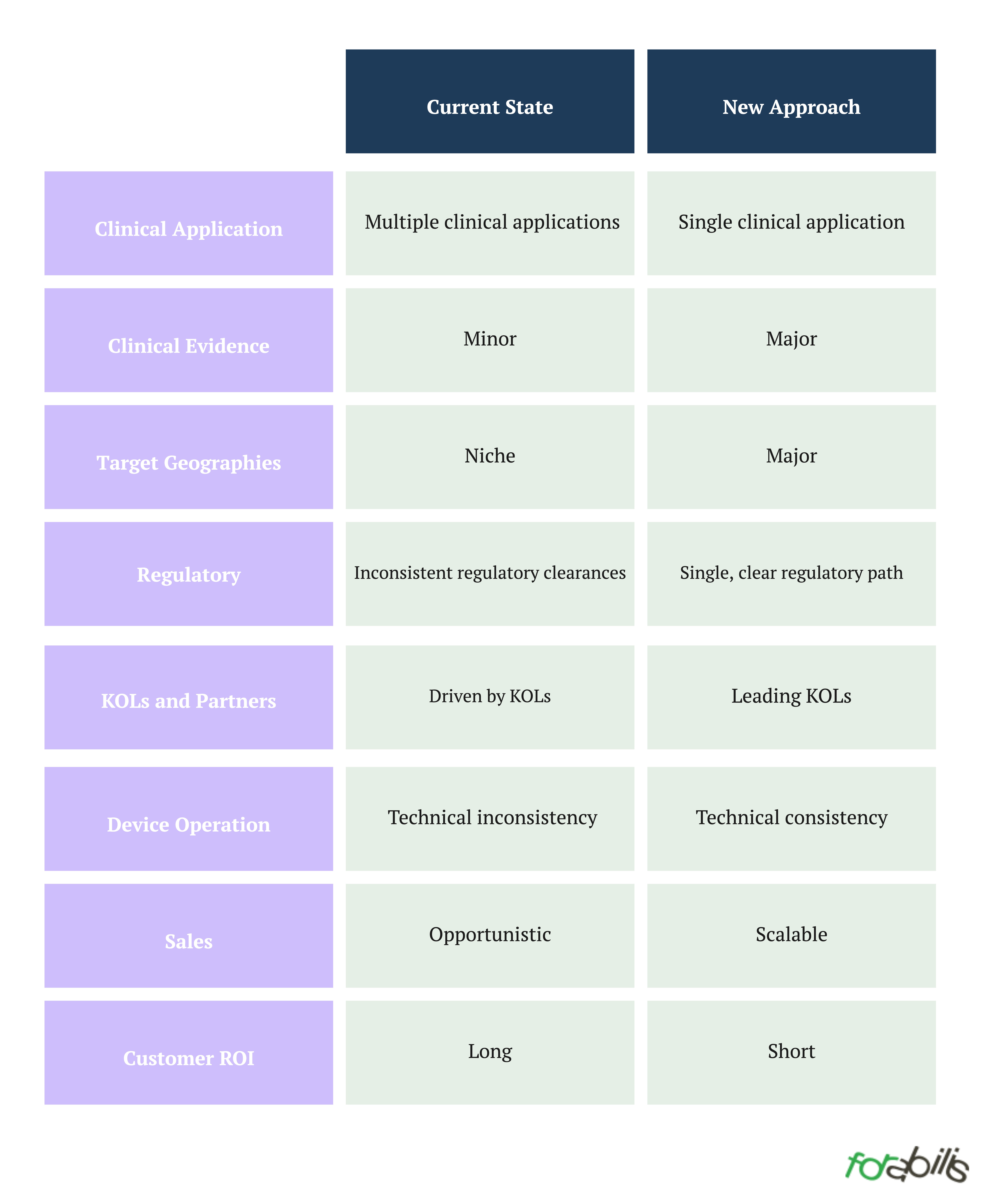We all know poor messaging will torpedo the potential success of even the greatest product. It doesn’t matter if your business has existed for five years or five months, getting your messaging right will be critical to its success and ability to scale.
And yes, you can trust a great marketing strategist to get the ball rolling by creating a sound messaging hierarchy that articulates the company’s value proposition, its value proof and the ever so important “why now” claims that derive from its GTM strategy.
But good product stories, the kind that move human beings to take action, require us to take it some steps further. Creating a product story should be crafted with the intent to align your entire ecosystem – employees, stakeholders, investors and your potential customers – around one shared narrative that sticks.
Here’s the basic flow we try to follow when approaching a new storytelling project:
#1 We start with, well…of course, the product
So it might seem cliché to start this off by talking about why any marketer attempting to create a product story, should start by really, really (really!) getting to know the product.
But clichés become so, for a reason. They’re just true. So let’s go at it anyway and be really quick: As a successful product storyteller you have to achieve at least third place in the “who knows best to speak about the product” category (coming close behind the CEO and CTO).
The best creative ideas can only blossom when we’ve listened to the sales, product and business development teams, to the CEO, to investors, to our competition – and understand what is that thing that’s broken in their world, that we are trying to fix.
#2 We start early
Startups, and more so the ones here in Israel, tend to believe that you can build a product, release it to the WORLD (GTM, anyone?) and only hire a marketer when you need to scale. Well, if you had to take away just one thing from this, it would be: please don’t do that.
Your product story is this core element that provides the essential infrastructure for marketing, pretty much from day one. In this aspect, we tend to follow way behind the US, in our sense, with no good reason.
But in terms of how early you start, don’t be mistaken: a good product story has to reflect a thought-out positioning process and GTM strategy, or it has no chance of sticking. A compelling story must be accurate about the pain our product solves, and who we target to be the firsts we can solve it for.
It should also go beyond where the product is now, giving founders the freedom to move forward with their vision of the product, regardless of its current stage of development or performance.
#3 Does it mean a big branding process? Not necessarily!
CEO’s, you can stop sweating…
While delivering a new story, of any kind, always entails developing new brand assets: visuals, video, web etc – any existing brand can very well carry a good new story, if we remember the storyteller’s role to look at the big picture.
In many cases, for many startups we work with, the only way to get anything new out there is to build on whatever brand assets they already have. They simply do not have the attention span, the budget and resources for a completely new brand to support the story. So we treat it like building blocks: using what ever we can and adding layers that can be lingual, visual, moving – and together make up one comprehensive concept.
#4 We understand this story is meant to be told by everyone
The best stories offer a clear narrative that aligns your entire team and ecosystem around a shared vision, but leaves room for personalization. And that becomes clearer when we set out to avoid colliding at the marketing-sales-misalignment junction.
Sales put on a one-man show, and it’s our job to make sure they have everything they need to passionately sell (with some space to wing it!). If it’s not easy and natural for them, it’s not going to work. And all that hard work put into building that storytelling narrative by marketing is put to waste.
That will be the case with every team we collaborate with, and for each one we need to find new creative ways to get them on board and make it work for them.
#5 We sell it in
Once a story has been created, if you don’t feel excited by it, you are simply not there yet. When you do arrive at a story that excites you, that’s great. As the one leading this storytelling process – you need to sell it:
- Understand there really is no template: we have to be creative in every aspect of not just the story itself, but in how we get to stick with all stakeholders involved.
Be dazzlingly prepared, making sure every element of the story is fully thought out and reflected as a specific asset you plan to develop to support it
- Go over all these story elements and brand assets and mark which ones you’ll fight for, and the ones you can let go. Because people get emotional about stories, brands and products, and it will be your job, eventually, to make them all buy into it.
Food for thought: how we turn claims into stories
Now this is the fun part. As tech product storytellers we aspire to be just the right amount of business strategist, marketer, content writer, designer, videographer and creative director (anything else you can throw in the mix will probably also come in handy).
When all of these traits are put into work, and we surround ourselves with the right people to execute each element and create each asset – the really great stories are born.
Learn more on how we do product marketing on our blog, or contact us to become our next storytelling obsession.

![How We Use ABM to Target Competitors’ Customers [2 – Tech and Tools]](https://forabilis.com/wp-content/uploads/2022/12/iStock-1366542082-scaled.jpg)




